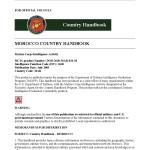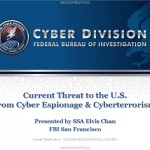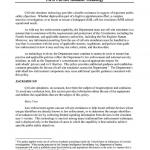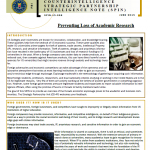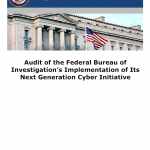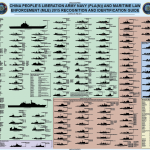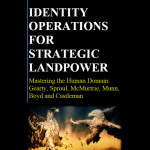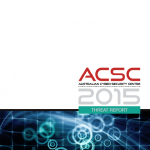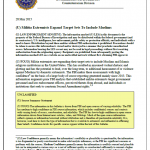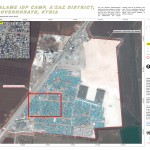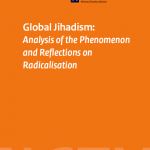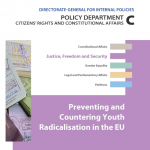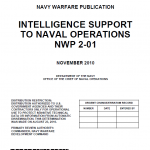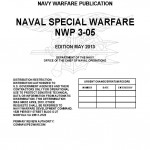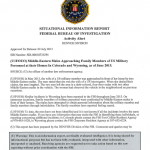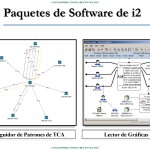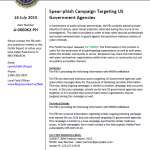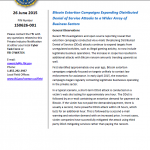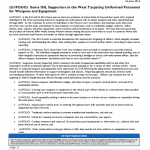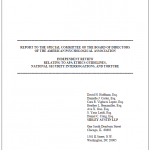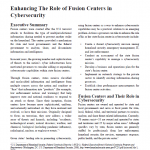
In recent years, the growing number and sophistication of threats to the nation’s cyber infrastructure have motivated governors to consider adding or expanding cybersecurity capabilities within state fusion centers. Through fusion centers, states receive classified and unclassified information and intelligence from multiple sources across the nation and combine or “fuse” that information into “products” (for example, law enforcement notices and warnings) that help improve state and national readiness to respond to an attack or threat. Since their inception, fusion centers have become more sophisticated, uniform, and nationally networked. As they have matured and evolved, so have their missions. Originally designed to focus on terrorism, they now address a wider array of threats and hazards, including “accidents; technological events; natural disasters; warfare; and chemical, biological (including pandemic influenza), radiological, nuclear, or explosive events.”
Read more →
